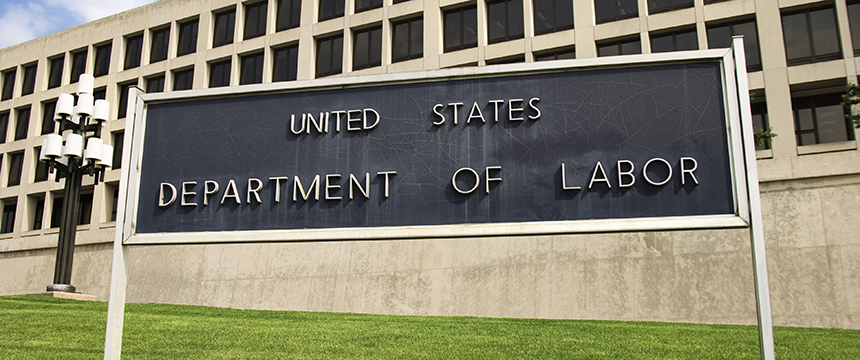US Department of Labor to Hire 100 New Investigators in the Wage and Hour Division, Signaling Increased Focus on Enforcement

The U.S. Department of Labor (DOL) recently announced its intention to hire 100 new investigators in its Wage and Hour Division. Currently at is lowest staffing levels in over a decade, the division oversees the enforcement of many important federal employment laws, including the FLSA (Fair Labor Standards Act) and FMLA (Family and Medical Leave Act). The large push to hire a significant amount of investigators in the division signals an increased focus and prioritization of enforcement of those areas of the law that fall under the purview of the Wage and Hour Division. As a result, manufacturing employers should review a few key areas of their workforce and Human Resources practices in order to confirm compliance with the laws that will be a subject of the DOL’s renewed focus on wage related issues.
Specifically employers should review the following areas, among others: (1) exempt employee classification; (2) independent contractor classification; (3) FMLA compliance and other leave issues. All three areas of the law require detailed review of your current positions and practices.
Exemption under the FLSA requires a detailed analysis of the job duties actually performed by a specific employee to determine whether the position is exempt from overtime requirements. The job title itself is not enough to determine whether a position is exempt. Instead, the employer must review the various exemptions under the FLSA, and review the duties and responsibilities of the specific position to determine whether it is exempt. If the employee is actually non-exempt, but has previously been classified as exempt, the employer can face the prospect of liability for years of unpaid overtime to the employee, as well as possible penalties.
The misclassification of individuals as independent contractors, who should actually be considered employees, is another complicated area of the law which requires detailed legal analysis by employers. Like an employee’s exempt status, the employer must assess the actual work performed by the contractor and the realities of the relationship between the employer and the worker in order to determine whether the person should actually be considered an employee – with all of the protections that come with employment. There are several different tests to determine the status of independent contractors (and whether they should more properly be considered employees). The DOL uses an economic realities analysis based on U.S. Supreme Court precedent that holds that there is no single rule or test to determine whether an individual is an independent contractor or employee. The DOL emphasizes that the Court has considered the following factors as significant, among others:
- The extent to which the services rendered are an integral part of the principal’s business.
- The permanency of the relationship.
- The amount of the alleged contractor’s investment in facilities and equipment.
- The nature and degree of control by the principal.
- The alleged contractor’s opportunities for profit and loss.
- The amount of initiative, judgment, or foresight in open market competition with others required for the success of the claimed independent contractor.
- The degree of independent business organization and operation
In addition to worker classification issues (exempt status as well as independent contractor status), an increased prioritization of enforcement for the Wage and Hour Division should also prompt employers to review their FMLA and leave policies. The FMLA falls under the purview of the division. As many employers know, FMLA administration is a significant responsibility for Human Resources. Employee leave issues can be complicated and full of potential pitfalls, even for seasoned Human Resources professionals. Employers should review their FMLA practices to make sure they are adhering to all of the laws’ requirements, as well as training Human Resources and other supervisory staff regarding the intersection of short-term and long-term disability benefits, FMLA leave and leave as an accommodation under the ADA.
To complicate matters, multistate manufacturing employers must also contend with a myriad of state and local laws regarding employee classification issues and employee leave. While it may take the DOL some time to hire the projected 100 investigators for its Wage and Hour division, employers should use the time to review these and other key areas in order to confirm that their practices are in compliance with the laws enforced by the Wage and Hour Division of the DOL.
